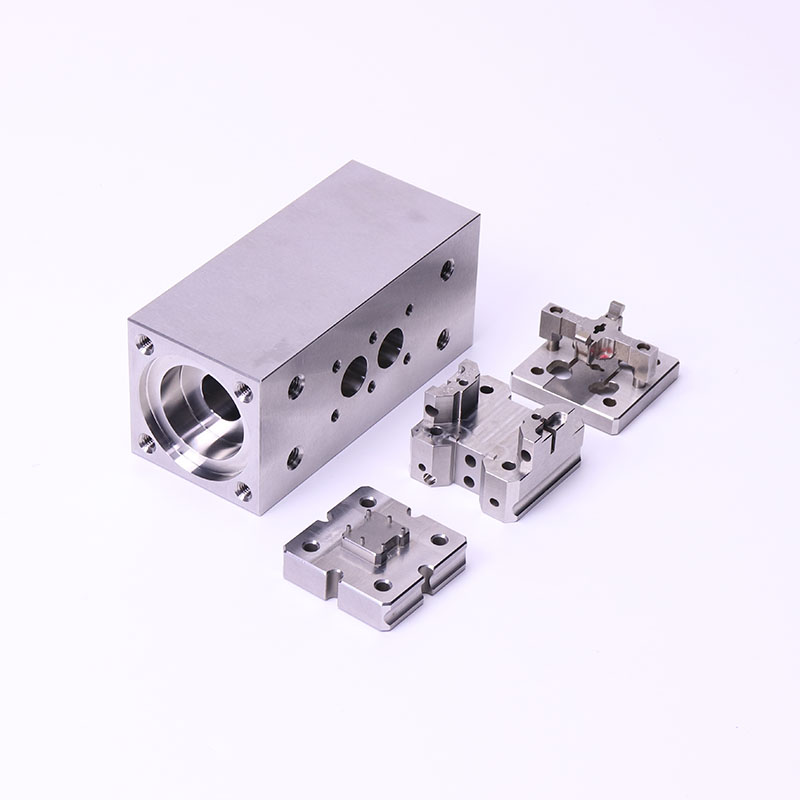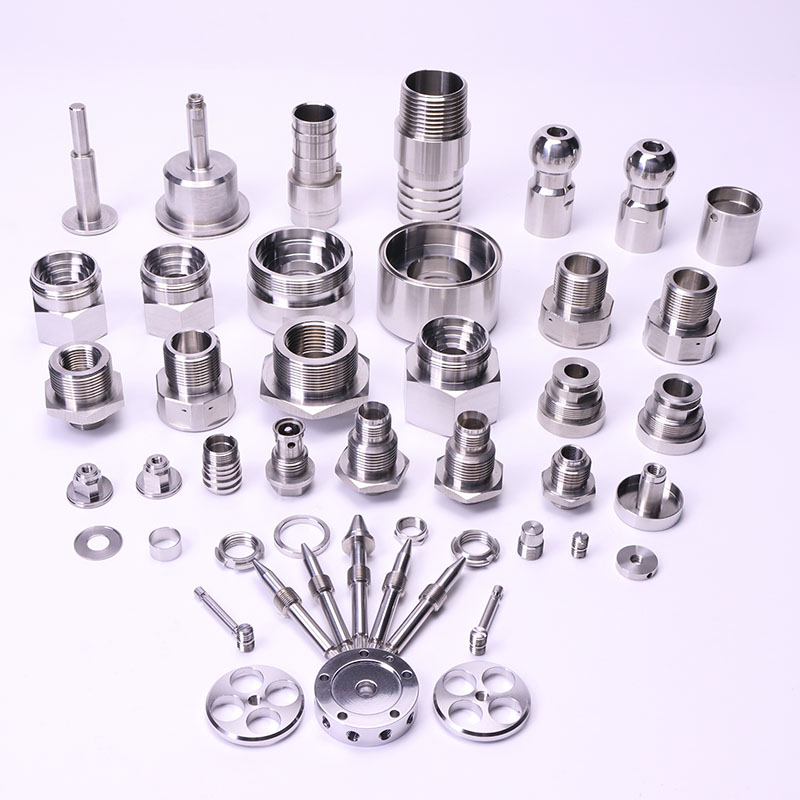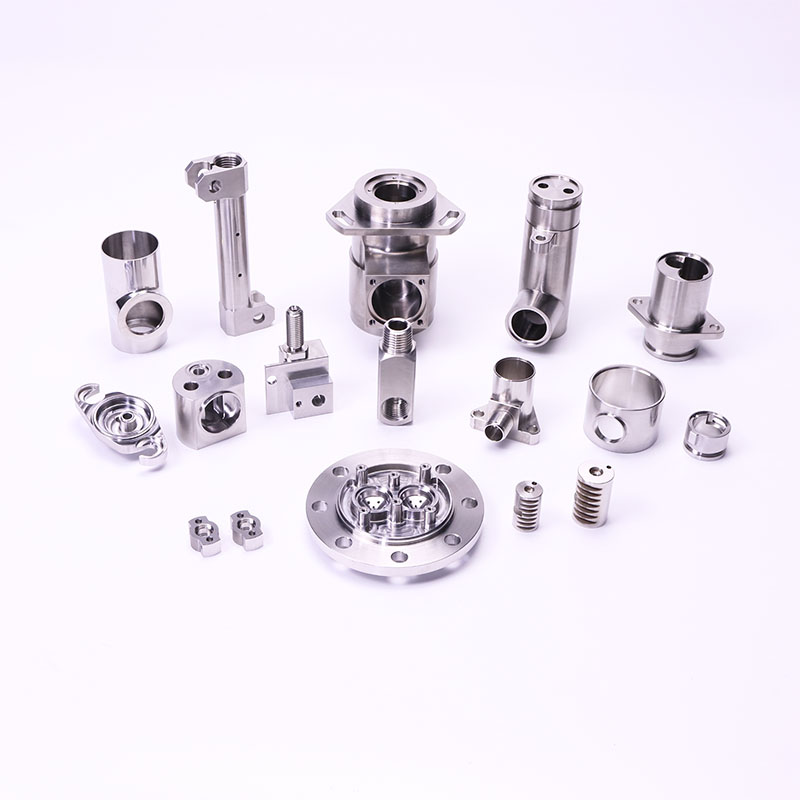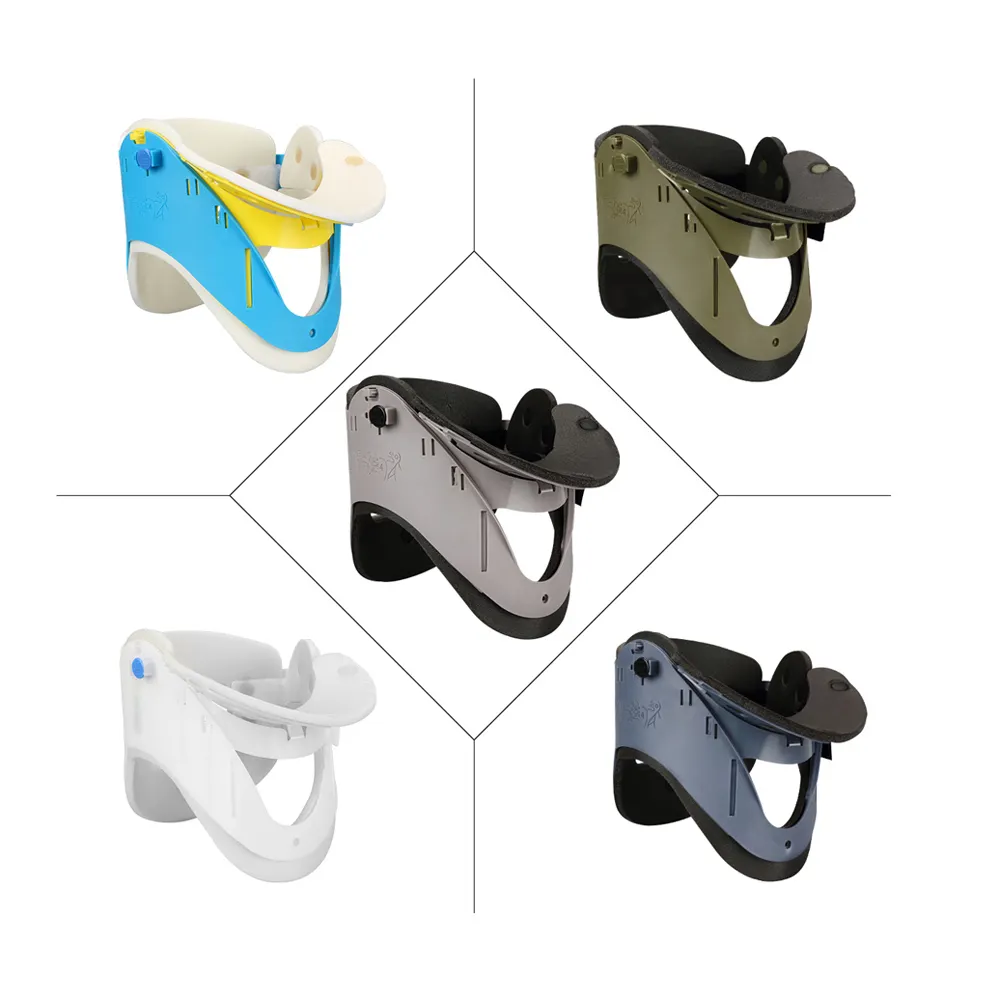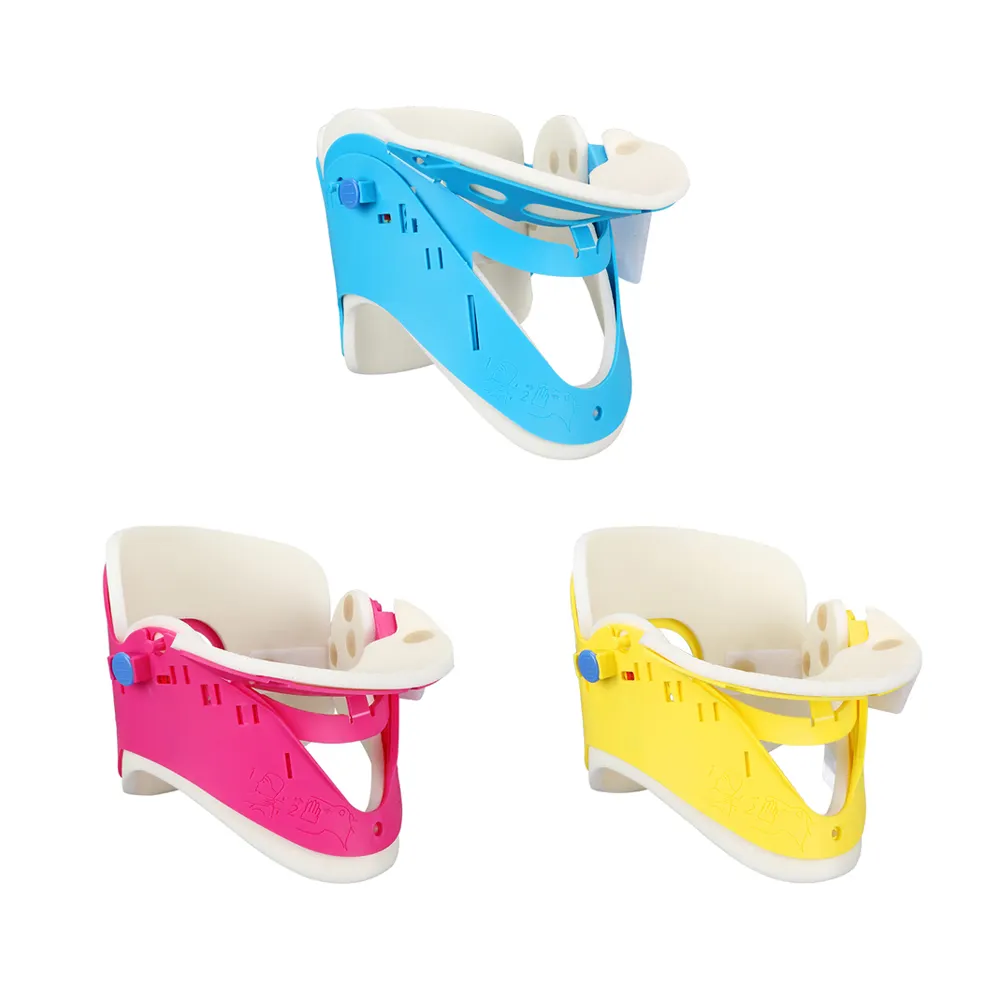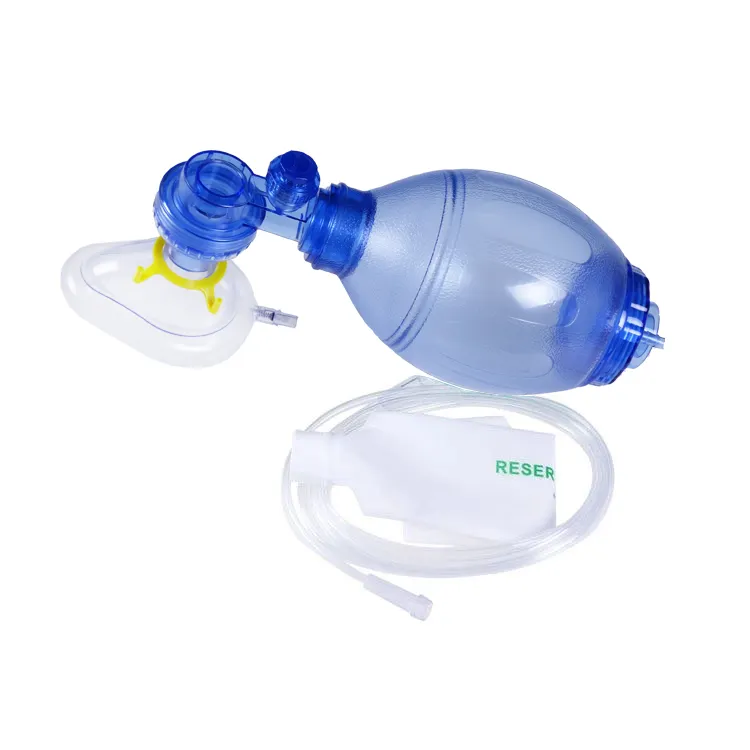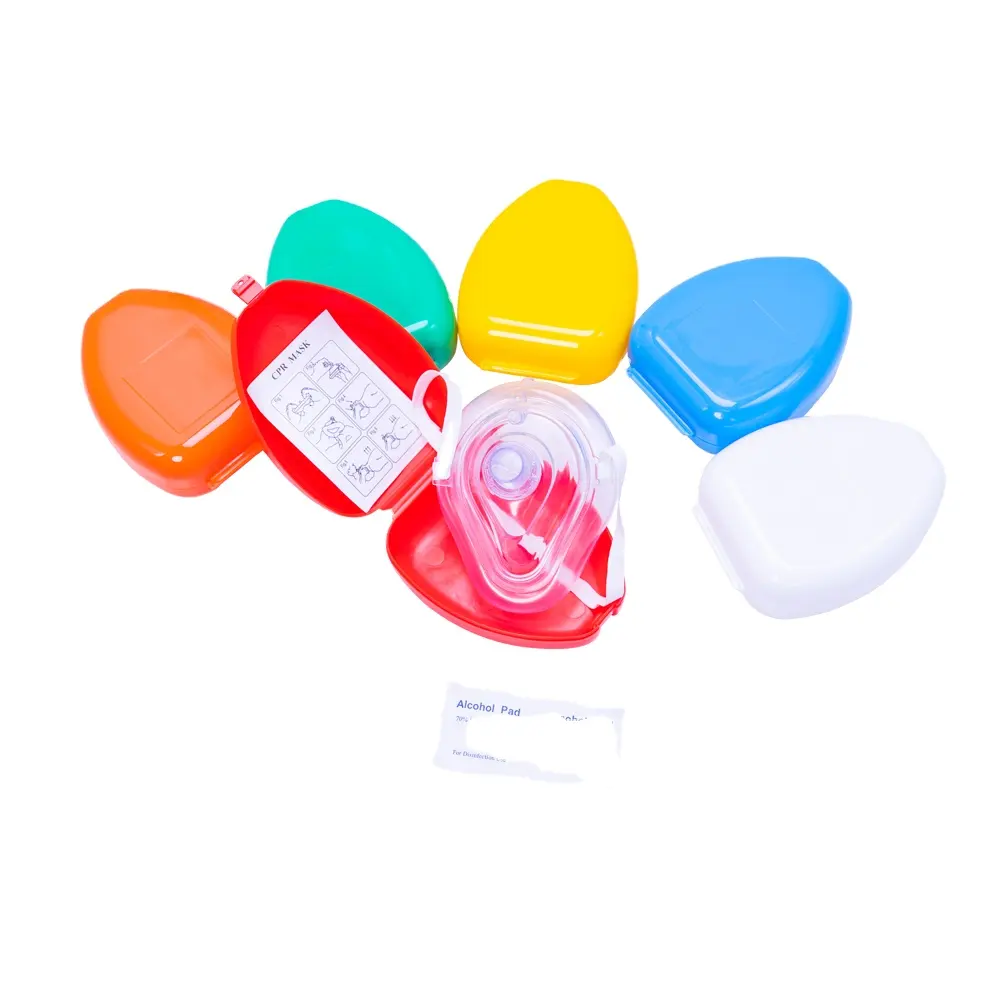Introduction
This article explores CNC aluminium parts, focusing on CNC tolerance. It explains the advantages of CNC machining for aluminium, the importance of tolerance, factors affecting it, and how to achieve tight tolerance. Industry applications in aerospace, automotive and medical fields are also covered, showing the crucial role of CNC aluminium parts. Xiamen Prime Kunwu Industrial Co., Ltd. is introduced as a reliable provider of high-quality custom aluminium parts.
1. Understanding CNC Aluminium Parts
1.1 What are CNC Aluminium Parts?
CNC aluminium parts are components made from aluminum that are precision-machined using Computer Numerical Control (CNC) technology. This technology allows for highly accurate and repeatable manufacturing, ensuring that each part meets the exact specifications required. Aluminium is a popular choice due to its lightweight, excellent corrosion resistance, and good thermal and electrical conductivity.
1.2 The Advantages of CNC Machining for Aluminium
CNC machining offers several benefits when it comes to processing aluminum. It can achieve tight tolerances, which means that the parts can be made with extremely precise dimensions. This is crucial in applications where fit and function are of utmost importance, such as in the aerospace and automotive industries. For example, in the production of aircraft wings, CNC aluminium parts are used to ensure the perfect fit and aerodynamic performance.
2. The Importance of CNC Tolerance for Aluminium
2.1 Tolerance and Its Impact on Part Quality
Tolerance refers to the allowable deviation from the specified dimensions of a part. In the case of CNC aluminium parts, tight tolerance is essential to ensure proper fit and function. A small deviation in tolerance can lead to problems such as poor assembly, reduced performance, and even failure of the component. For instance, in the medical device industry, where precision is critical, a slight variation in the tolerance of a CNC aluminium part could affect the accuracy of a surgical instrument.
2.2 Factors Affecting CNC Tolerance for Aluminium
Several factors can influence the CNC tolerance for aluminum parts. The type of cutting tool used, the machining parameters, and the quality of the aluminum material all play a role. For example, using a high-quality carbide cutting tool can result in better surface finish and tighter tolerance compared to a lower quality tool. Additionally, proper selection of machining parameters such as cutting speed, feed rate, and depth of cut can optimize the tolerance.
3. Achieving Tight CNC Tolerance for Aluminium Parts
3.1 Advanced Machining Techniques
At Xiamen Prime Kunwu Industrial Co., Ltd., we employ advanced machining techniques to achieve tight CNC tolerance for aluminium parts. Our state-of-the-art CNC machines are equipped with high-precision spindles and linear motion systems, which ensure accurate and stable machining. We also use advanced cutting tools and toolpath optimization software to further improve the tolerance.
3.2 Quality Control and Inspection
To ensure that our CNC aluminium parts meet the required tolerance, we have a strict quality control and inspection process in place. Our experienced technicians use precision measuring instruments such as coordinate measuring machines (CMMs) to measure the dimensions of each part and verify that it falls within the specified tolerance range. Any parts that do not meet the tolerance requirements are immediately reworked or scrapped.
4 Industry Applications of CNC Aluminium Parts
4.1 Aerospace Industry
The aftermarket for OEM auto parts is a substantial industry in itself. As vehicles age and require repairs or upgrades, the demand for OEM replacement parts remains strong. In addition to traditional dealership networks, independent aftermarket suppliers also offer OEM parts. However, consumers need to verify the authenticity of the parts they purchase to avoid counterfeits. The global aftermarket for OEM auto parts is expected to grow steadily in the coming years, driven by factors such as increasing vehicle ownership and the need for regular maintenance and repairs.
4.2 Automotive Industry
In the automotive industry, CNC aluminium parts are used in various applications such as engine components, transmission parts, and body structures. The use of aluminium helps to reduce the weight of the vehicle, which in turn improves fuel efficiency and reduces emissions. CNC machining enables the production of high-quality aluminium parts with tight tolerances, ensuring proper fit and function in the automotive assembly.
4.3 Medical Industry
The medical industry also relies heavily on CNC aluminium parts for the production of surgical instruments, implants, and medical devices. The high precision and biocompatibility of aluminium make it an ideal material for these applications. For example, hip implants and dental implants are often made from CNC aluminium parts that are custom-designed to fit the patient's anatomy.
5. Conclusion
In conclusion, CNC aluminium parts play a crucial role in various industries, and achieving tight CNC tolerance is essential for ensuring the quality and performance of these parts. At Xiamen Prime Kunwu Industrial Co., Ltd., we are committed to providing our customers with high-quality CNC aluminium parts that meet their exact requirements. With our advanced machining techniques and strict quality control processes, you can trust us to deliver the precision and reliability you need for your custom aluminum parts.
References
[1] "Precision Machining of Aluminium Alloys", Journal of Materials Processing Technology, 20XX.
[2] "CNC Machining Handbook", 20XX.
FAQs
1.What are the common applications of CNC aluminium parts?
CNC aluminium parts are widely used in aerospace, automotive, and medical industries. In aerospace for aircraft components, in automotive for engine parts, and in medical for surgical instruments.
2.How does Xiamen Prime Kunwu ensure the CNC tolerance for aluminium parts?
We use advanced machining techniques, state-of-the-art CNC machines. Also, a strict quality control process with precision measuring instruments like CMMs is in place.
3.What factors affect the CNC tolerance for aluminium parts?
The type of cutting tool, machining parameters (cutting speed, feed rate, etc.), and the quality of the aluminium material all affect the tolerance.
4.Why is tight CNC tolerance important for custom aluminum parts?
Tight tolerance ensures proper fit and function of the parts. A deviation can lead to assembly issues, reduced performance, or even component failure.
5.What are the advantages of CNC machining for aluminium?
It can achieve tight tolerances, ensuring precise dimensions. It also offers high accuracy and repeatability, and is suitable for complex part manufacturing.
Contact Info
Mr. Brook Lin
Job Title: Sales manager
E-mail: [email protected]
Mob/WhatsApp:+86 13599927066
Wechat:+86 13599927066 Skype:+86 13599927066
Country/Region: China (Mainland) Province/State: Fujian
Operational Address: Building 172, Tongan Industrial Zone, Tongan Area, Xiamen, Fujian, China (Mainland) Zip: 361100

